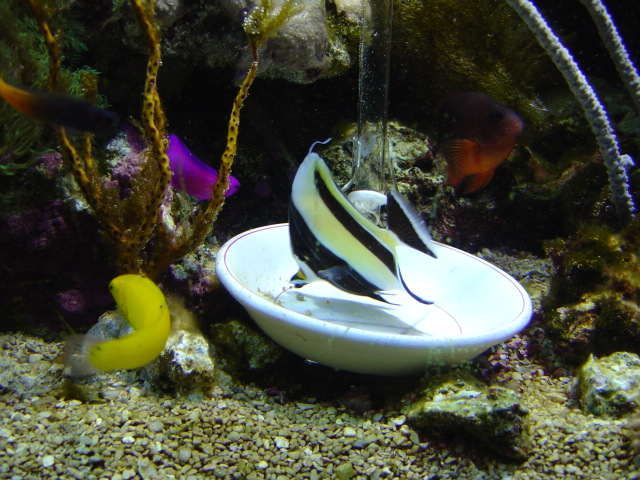I of course agree that the statement that "ALL tanks have ich in them" is false, but it is important to note some limitations of the methodology used by aquabiomics and why their results can't "prove" the absence of ich in a tank but rather suggestive that ich is not present:More recently, Aquabiomics has begun testing tanks and some reports come back with no ich present, proving that not all tanks have ich in them.
1) their assay only tests for the presence of DNA which cannot tell us anything about the viability of the organisms detected, so a positive result could be from live parasites or remnant genomic material from dead or eradicated parasites
2) the absence of ich in the results also has limitations to its interpretation as detection highly depends on the sensitivity of the assay (What is the lower level of detection?) and quality of sampling (Are we sampling in the aquarium where the highest concentration of the organism is likely to be? Free floating vs. surface dwelling)
I would be interested to know if @AquaBiomics has sensitivity data on pathogen detection. It would be helpful to know how long pathogen DNA is detectable in the aquarium after you have successfully treated the tank using whatever method. I would guess that if it is consistently undetectable for a prolonged period of time (maybe a year or more) given that the assay is reasonably sensitive, you could be confident in the eradication of it but more data is probably needed to help establish guidelines for interpreting those results.















